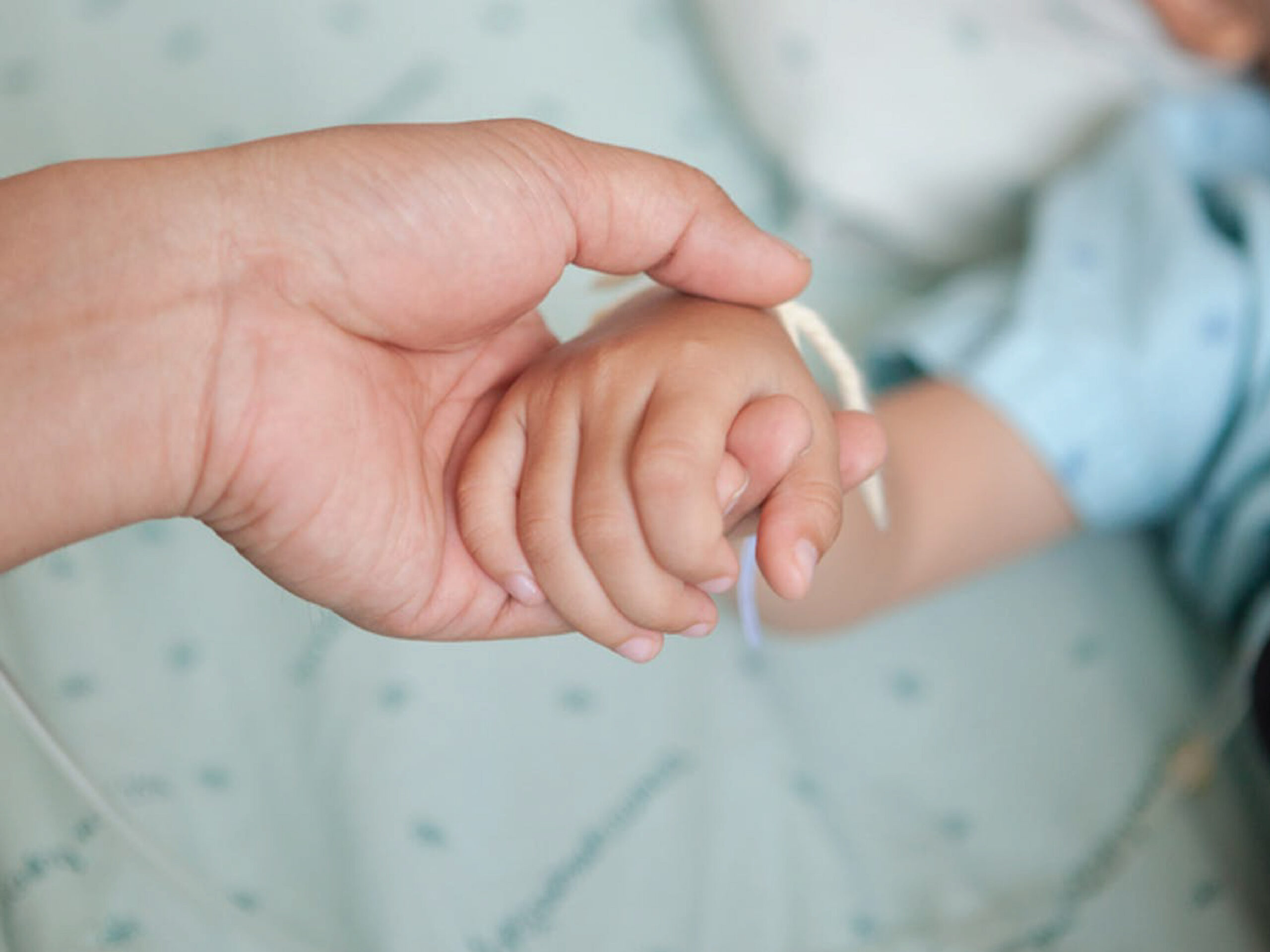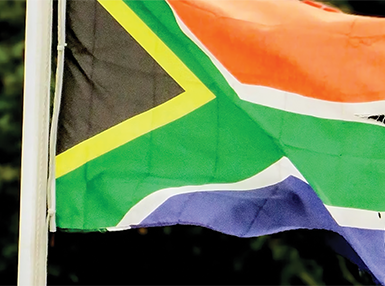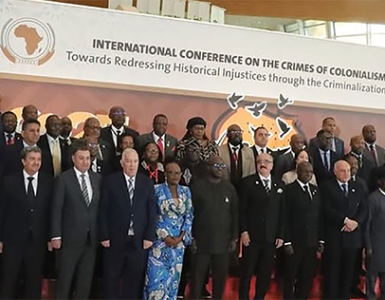CHILDREN ARE THE FUTURE – LETS SAVE THEM FROM CANCER
HEALTH organisations are painting a grim picture about the rising incidence of cancer globally, warning that one in 408 children worldwide will be diagnosed with cancer before the age of 15 years.
As the world currently observes the International Childhood Cancer Awareness Month, these health bodies have contrasted this scenario with the fact that the world of science has made huge advances in paediatric oncology and medicine. Yet, cancer has remained a leading cause of mortality among children worldwide today – all the while the world’s most technologically advanced countries, like South Africa, have highly resourced tertiary academic hospitals with paediatric oncology units providing specialised treatment.
Still, the picture looks even grimmer with another dire revelation from the same health bodies that, with all that technological capacity available globally, less than half of the expected cases were being diagnosed. And, more ominously, of those diagnosed, most were in stage three or four of the disease. Yet, the disease could be challenged only when affected children were diagnosed early for effective treatment, according to the health experts. And, in so doing, the survival rate could be much higher, according to the Childhood Cancer Foundation SA.
Fortunately, public evidence of positive outcomes from early detection is widespread – as happened in the case of Nicola Hlongwane of Mamelodi, Pretoria. The schoolgirl, diagnosed with ovarian cancer at the age of 15, managed to beat the dreaded disease with timely medical attention. Thanks to the swift diagnosis and specialised treatment, which helped her to survive the disease, and live a normal life today. Her story of triumph is a living testimony to the life-saving importance of early diagnosis and treatment. Cancer, described as a group of more than 100 different diseases, is characterised by uncontrolled growth of abnormal cells occurring in multiple phases. Records show that 50 percent of people diagnosed with the malady could only live for at least five years. Yet, still, some cancer patients had a survival rate of more than 90% as a result of – again – early diagnosis and medical intervention.
Thus, parents are duly urged to be vigilant about the early signs of the disease as this could prevent a cancer-driven high mortality rate among the youths, which is feared as a likely scenario in the coming years. On the other hand, governments have a critical role to play too in the global anti-cancer campaign – especially in preventing disease from wreaking havoc to vulnerable countries. This is something that health organisations have decried as many children in low and middle-income countries still have poor access to hospitals.
Indeed, inadequately equipped health institutions – as the health organisations point out – translate into a lack of essential diagnostic tests, experience a shortage of nursing medical and surgical personnel, inadequate and erratic supply of basic pharmaceutical and chemotherapeutic agents, including an absence of radiotherapy, surgical and intensive care facilities.
Unfortunately, this is a glaring and debilitating weakness in the global crusade against the disease, one which emphasises the stark realities of the unequal world we live in, and the challenges lying ahead in the fight the scourge across the world. That governments across the world have a moral responsibility to protect the world’s children against disease. Is needless to say. For, the children are the future of the world.





























